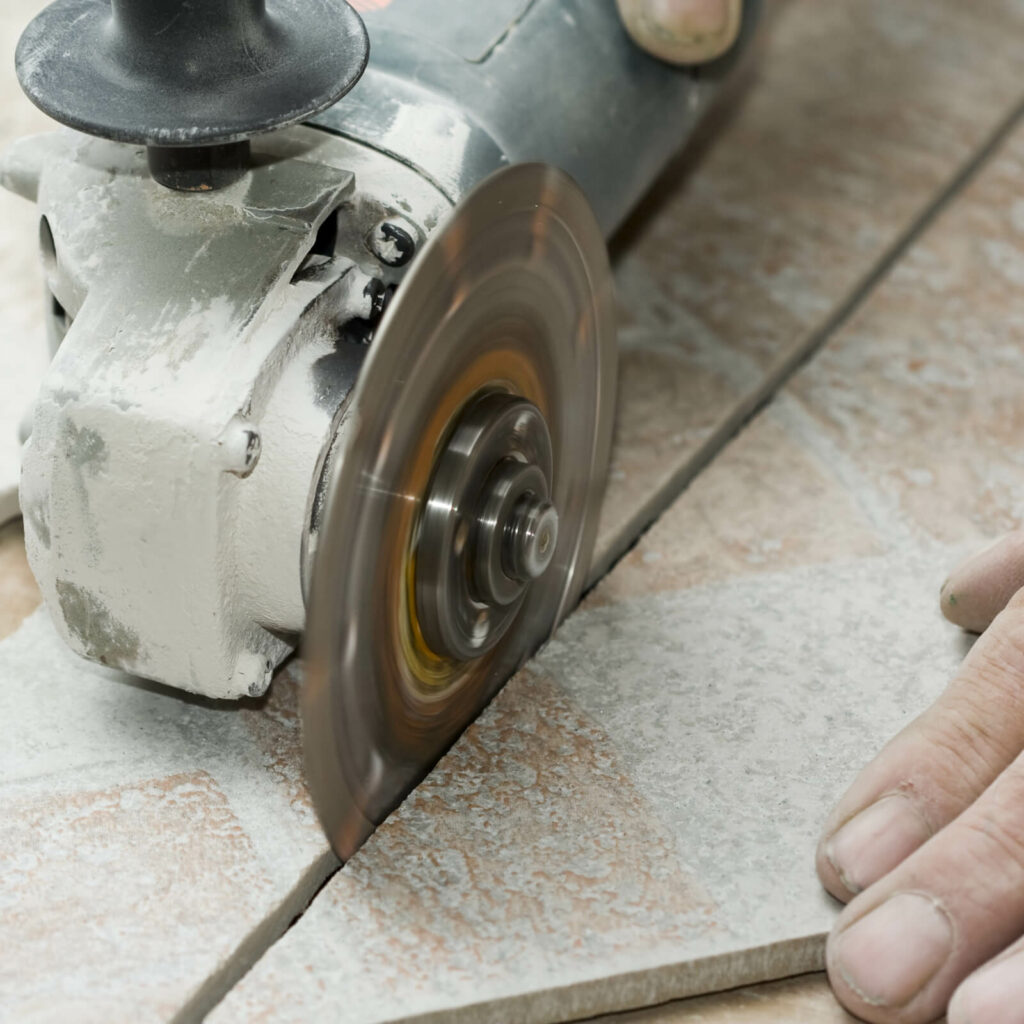Tile Installation
Follow these helpful best practices from the tile installation experts in McMurray, PA & the greater Pittsburgh area.
Before Your Installation
Remove all furniture, items, and wall hangings from the rooms receiving new tile, including the closet areas. Since tile can’t be installed over existing flooring, the old floors must be removed completely and disposed of properly. The subfloor must then be assessed, and all imperfections must be repaired or corrected so that it is completely level. Bring the tile in the rooms to acclimate for 1-2 days ahead of installation.


During & After Installation
When your tile installation day is here, plan to be home during the process to answer any questions from the crew. Designate a work area for the installation crew to keep and use potentially dangerous tile installation tools and mix grout as needed. Keep all children and pets away from both the crew’s area and the rooms receiving new tile. After installation, now is the time to ask the installers any questions you may have. Make sure to wait through the specified time period before walking on new tile floors so that grout and sealer can cure. Bring furniture back into the rooms carefully and begin caring for your new tile right away.
Tile Care & Maintenance
Although a lot can happen in the average household during a typical week, you can still easily maintain the incredible appearance of your stunning tile. There are plenty of preventative steps that you can take to reduce maintenance. Also, when you effectively remove dirt and debris as frequently as possible, your floors receive less wear and tear. When spills and accidents do occur, they are very easy to wipe up and off of your tile to keep permanent stains from forming.

